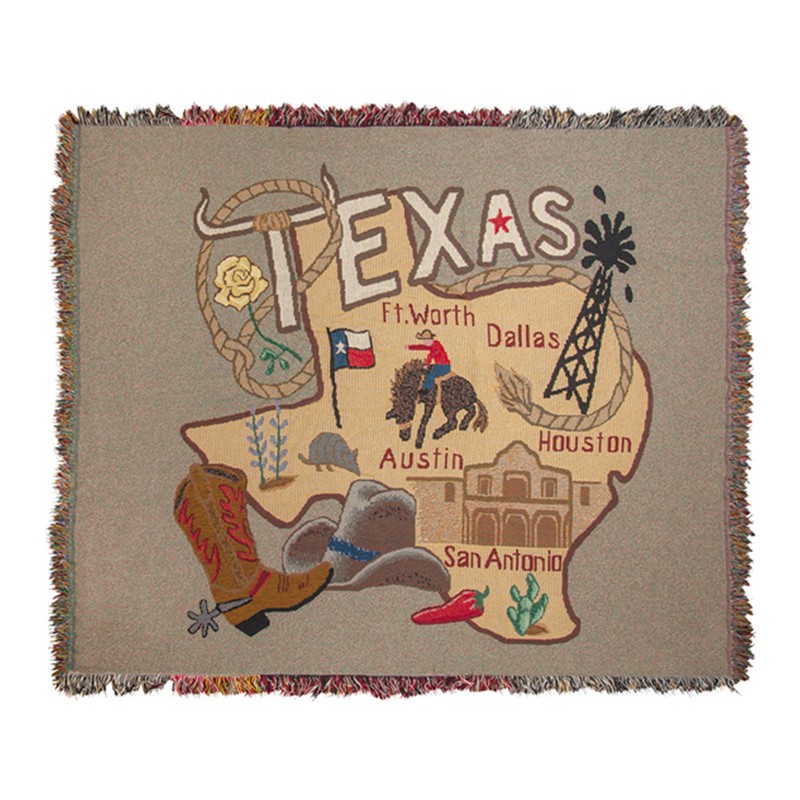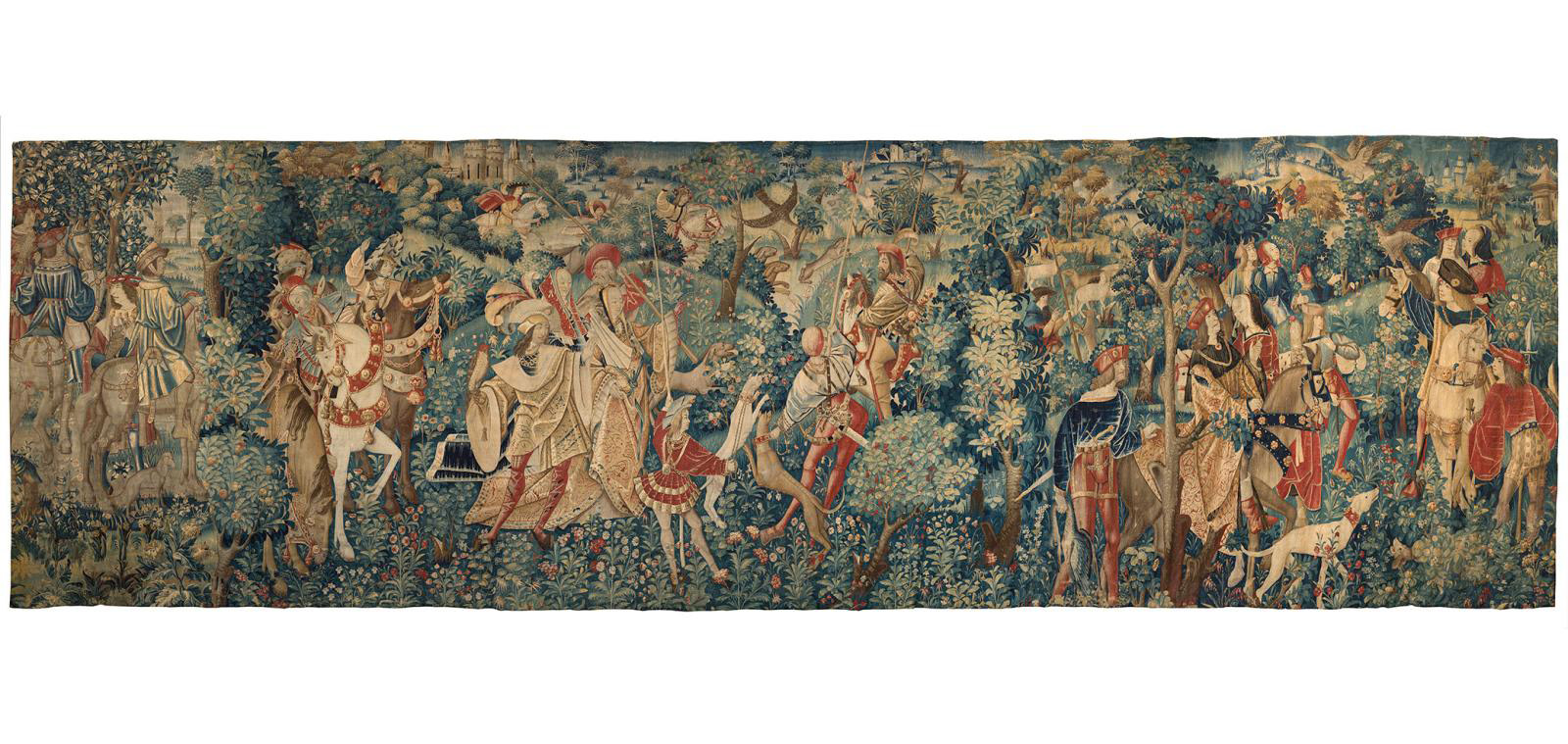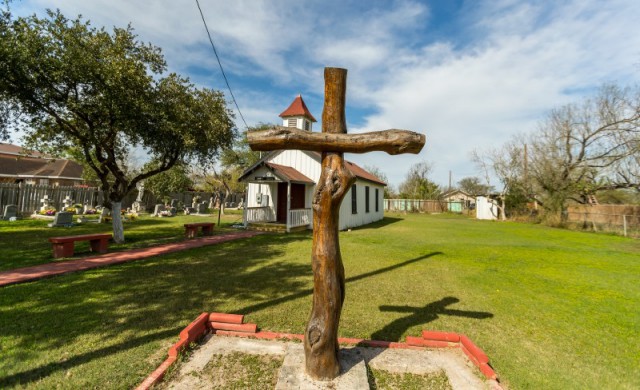Uncovering the Tapestry of Texas: A Journey Through its Native Tribes
Uncovering the Tapestry of Texas: A Journey Through its Native Tribes

Texas, a state renowned for its vast landscapes, vibrant culture, and rich history, is also a land deeply intertwined with the legacy of its indigenous inhabitants. Long before the arrival of European settlers, the diverse tapestry of Native American tribes thrived across this expansive territory. Their stories, traditions, and vibrant cultures are woven into the very fabric of Texas, shaping its present and offering invaluable insights into its past.
This article delves into the fascinating world of Texas’ Native American tribes, providing a comprehensive overview of their history, culture, and legacy. It serves as a guide to understanding the diverse tapestry of indigenous communities that once called this land home, highlighting their enduring impact on the state’s identity.
Related Articles: Uncovering the Tapestry of Texas: A Journey Through its Native Tribes
- Pumpkin Spice Your PC: Thanksgiving Tech Tips & Tricks!
- Unveiling the Wisdom: Native American Chiefs and Their Enduring Legacy
- Wealthiest Native American Tribes: Unveiling Top Prosperous Nations!
- Uncover the Spirit of the Cheyenne: Unveiling the Power of the Sacred Totem
- Tribal Rhythms: Dancing, Storytelling, and Role-Playing in Native American Traditions
A Tapestry of Tribes:
Texas was once home to a remarkable array of Native American tribes, each with its unique language, customs, and way of life. These tribes, categorized into linguistic families, represent the rich diversity of indigenous cultures that thrived in the region.
1. The Caddoan Family:
- Caddo: The Caddo people, known for their sophisticated agricultural practices and intricate pottery, inhabited the eastern part of Texas. Their villages, often fortified with palisades, were centers of trade and cultural exchange.
- Wichita: The Wichita, closely related to the Caddo, were skilled hunters and farmers who lived in the central plains of Texas. Their nomadic lifestyle and expertise in buffalo hunting shaped their unique cultural identity.
- Tawakoni: The Tawakoni, another Caddoan tribe, resided in the central region of Texas. Their strong warrior traditions and alliances with other tribes played a significant role in shaping the political landscape of the region.

2. The Athapaskan Family:
- Apache: The Apache, known for their fierce independence and equestrian skills, inhabited the western and central regions of Texas. Their nomadic lifestyle and resistance to European colonization made them a formidable force in the region.
- Lipan Apache: This specific group of Apache, known for their hunting prowess and skilled horsemanship, lived in the central and western parts of Texas. They were known for their adaptability and ability to thrive in challenging environments.
3. The Uto-Aztecan Family:
- Comanche: The Comanche, renowned for their equestrian skills and dominance of the Southern Plains, controlled vast territories in Texas. Their military prowess and adaptability made them a powerful force in the region.
- Tonkawa: The Tonkawa, a nomadic tribe who lived in the central and western parts of Texas, were known for their hunting skills and unique social structure. Their language, distinct from other Texas tribes, is a testament to their unique cultural identity.

4. The Algonquian Family:
- Kickapoo: The Kickapoo, a nomadic tribe who migrated to Texas from the Great Lakes region, settled in the eastern part of the state. They were skilled hunters and warriors, and their language and traditions reflect their Algonquian heritage.
5. The Siouan Family:
- Arikara: The Arikara, a tribe known for their farming and pottery skills, migrated to Texas from the Upper Missouri River region. Their cultural traditions and language represent their unique heritage.
A Legacy of Resilience:
The Native American tribes of Texas faced numerous challenges throughout their history, including European colonization, disease, and displacement. Despite these hardships, their resilience and cultural adaptability have left an enduring mark on the state.
1. Cultural Contributions:
- Language: The languages of the Native American tribes of Texas, though many are now extinct, have left a lasting impact on the state’s linguistic landscape. Words like "Texas" itself, derived from the Caddo word "Tejas," are a testament to the influence of these languages.
- Art and Crafts: The intricate beadwork, pottery, and basketry of these tribes represent a rich artistic heritage that continues to inspire contemporary artists. The intricate designs and symbolism embedded in these crafts reflect the deep spiritual and cultural beliefs of these communities.
- Foodways: The traditional foodways of the Native American tribes of Texas, featuring wild game, plants, and fruits, have influenced the state’s culinary landscape. The use of corn, beans, and squash, staples in many Native American diets, continues to be prevalent in Texas cuisine.
2. Historical Impact:
- Land Stewardship: The Native American tribes of Texas were skilled stewards of the land, developing sustainable practices that ensured the well-being of their communities and the environment. Their knowledge of the land, its resources, and ecological balance continues to inform contemporary conservation efforts.
- Political and Social Structures: The complex political and social structures of these tribes, characterized by alliances, rivalries, and intricate systems of governance, shaped the political landscape of Texas. Their experiences with diplomacy, conflict, and negotiation have left a lasting impact on the state’s political history.
3. Contemporary Legacy:
- Tribal Sovereignty: Today, several federally recognized tribes continue to thrive in Texas, preserving their cultural heritage and advocating for their rights. Their efforts to maintain their language, traditions, and cultural practices ensure that their legacy continues to flourish.
- Cultural Preservation: Numerous organizations and institutions are dedicated to preserving the cultural heritage of the Native American tribes of Texas. Museums, archives, and educational programs strive to share the stories and contributions of these communities with the wider public.
A Journey of Understanding:
Exploring the history and culture of the Native American tribes of Texas is a journey of understanding, empathy, and appreciation. By acknowledging their contributions, respecting their heritage, and learning from their experiences, we can foster a deeper understanding of the state’s rich and diverse history.
FAQ:
1. What are the main Native American tribes of Texas?
Texas was home to a diverse array of tribes, including the Caddo, Wichita, Tawakoni, Apache, Lipan Apache, Comanche, Tonkawa, Kickapoo, and Arikara.
2. What are some of the cultural contributions of the Native American tribes of Texas?
Their contributions include language, art and crafts, foodways, and land stewardship practices.
3. How can I learn more about the Native American tribes of Texas?
Visit museums, archives, and educational programs dedicated to preserving their cultural heritage.
4. Are there any Native American tribes still living in Texas today?
Yes, several federally recognized tribes continue to thrive in Texas, including the Alabama-Coushatta Tribe of Texas and the Kickapoo Tribe of Texas.
5. What is the importance of understanding the history of Native American tribes in Texas?
It helps us appreciate the rich and diverse history of the state, acknowledge their contributions, and foster a deeper understanding of the complex relationships between indigenous communities and the wider society.

Closure
Thus, we hope this article has provided valuable insights into Uncovering the Tapestry of Texas: A Journey Through its Native Tribes. We appreciate your attention to our article. See you in our next article!
